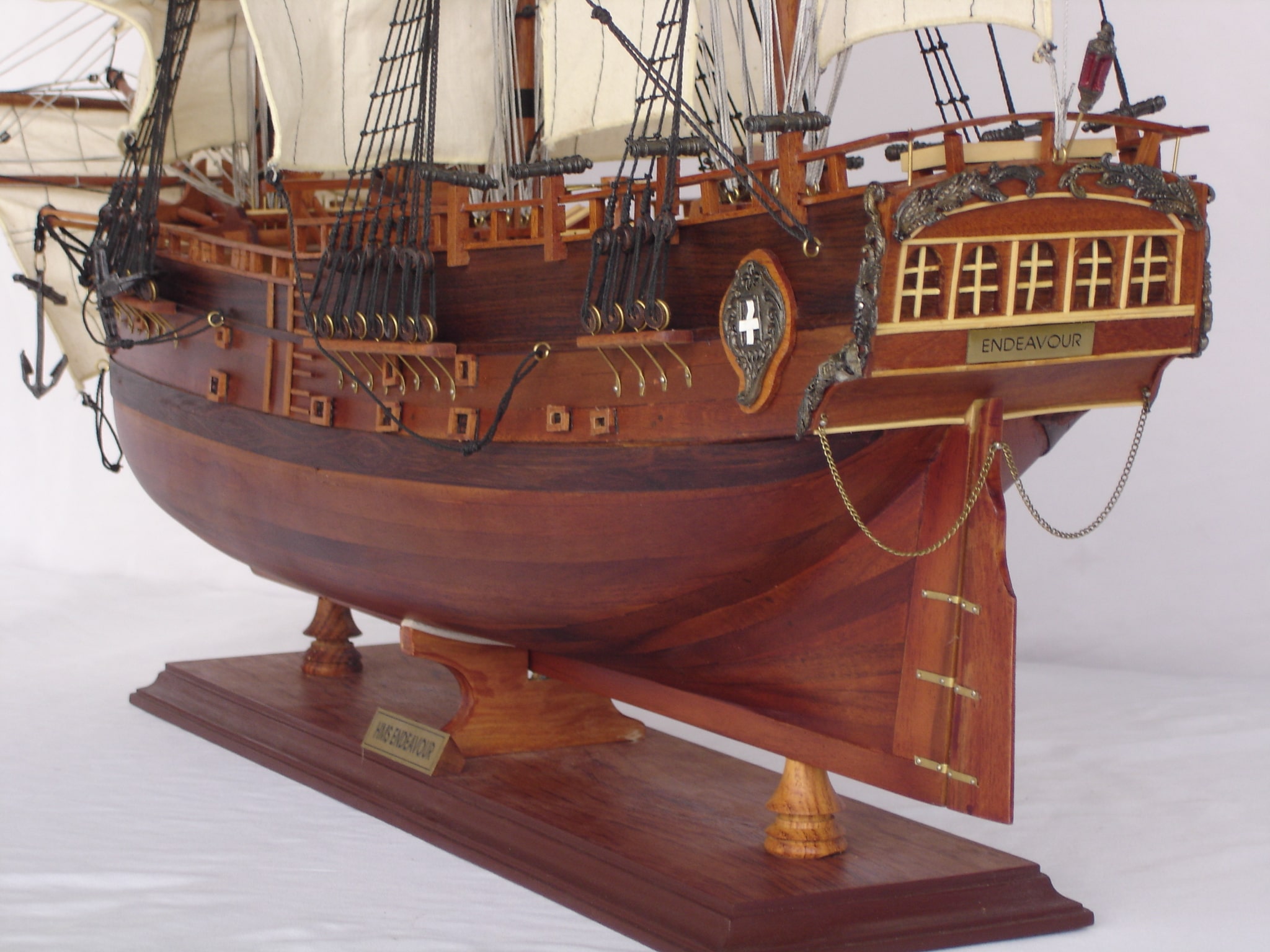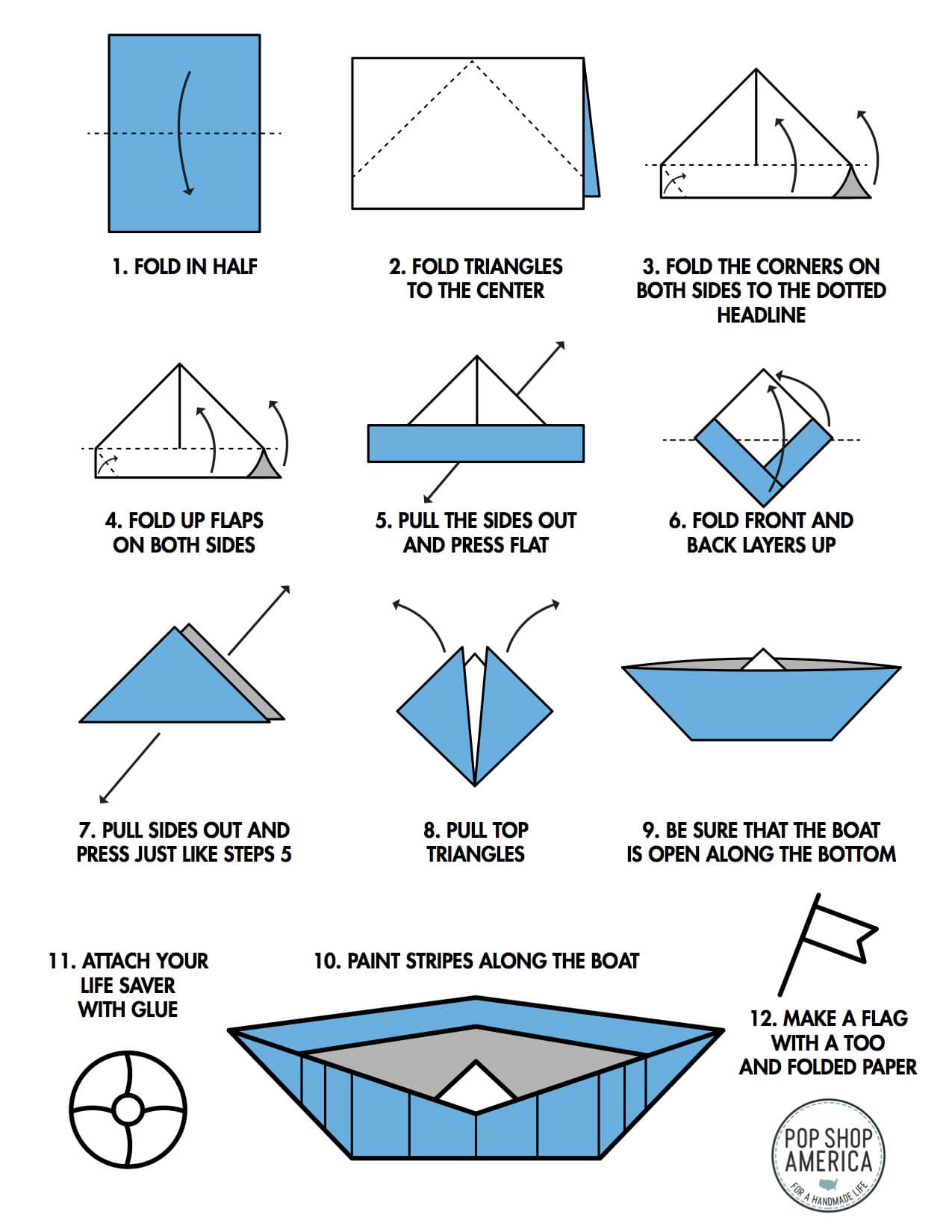
Beyond the Blueprint: Unveiling Hidden Potential in Affordable Wooden Boat Plans
The allure of building your own wooden boat is undeniable. But navigating the world of affordable plans can feel overwhelming. This review delves beyond the typical specifications, exploring often-overlooked aspects to help you build not just a boat, but a truly personalized and rewarding experience.
The Unsung Hero: Material Sourcing and Sustainability
Most plans focus on the design; few delve deeply into the sustainable sourcing of materials. This is a crucial aspect, especially for environmentally conscious builders.
Q: How can I build sustainably?
A: Consider reclaimed wood! Look into local demolition sites, salvage yards, or even repurposed pallets (ensure they’re treated correctly). This dramatically reduces your environmental footprint and often yields unique, characterful timber. Websites like Craigslist and Facebook Marketplace can be surprisingly fruitful hunting grounds. Furthermore, research sustainably harvested lumber from certified sources like the Forest Stewardship Council (FSC).
Q: What about the financial aspect of sustainable sourcing?
A: While reclaimed wood might require extra effort in sourcing and preparation (e.g., removing nails, planing uneven surfaces), the cost savings can be significant. This offsets the additional labor, making it a financially viable and environmentally responsible option.
Beyond the Plans: Personalizing Your Build
Many overlook the potential for individual expression. These plans are a springboard, not a rigid constraint.
Q: How can I make my boat truly unique?
A: Don't be afraid to deviate! Once you grasp the fundamental principles of the design, consider adding personal touches. Think about custom-designed oarlocks, unique paint schemes reflecting your personality, or incorporating reclaimed nautical artifacts into the design (e.g., repurposed brass fittings). A well-executed modification can transform a generic design into a one-of-a-kind masterpiece.
Story: The "Sea Serpent" Skiff
A friend of mine, a seasoned woodworker, took a basic skiff plan and turned it into a stunning vessel. He incorporated locally sourced driftwood into the gunwales, creating a unique textured finish. He even carved a small, stylized serpent head onto the bowâ€"a personal touch reflecting his love for marine life. The result? A boat that was not only functional but a testament to his artistry and ingenuity.
The Educational Opportunity: Beyond the Hobby
Building a wooden boat is a fantastic educational experience, extending far beyond woodworking skills.
Q: How can I use this as a learning tool?
A: Document your entire process! Keep a detailed log, take photos, and create videos. This process becomes a valuable learning resource for yourself and others. Consider collaborating with educational institutionsâ€"your project could serve as a case study in sustainable building practices, project management, or even marine engineering principles.
Q: What skills are developed during the process?
A: Building a boat hones a diverse range of skills:
Affordable wooden boat plans are more than just blueprints; they are the gateway to a rewarding journey of creation, sustainability, and personal fulfillment. By embracing creative modifications, sustainable sourcing, and a keen eye for educational opportunities, you can transform a simple project into an extraordinary experience. Don't just build a boatâ€"build a legacy.








